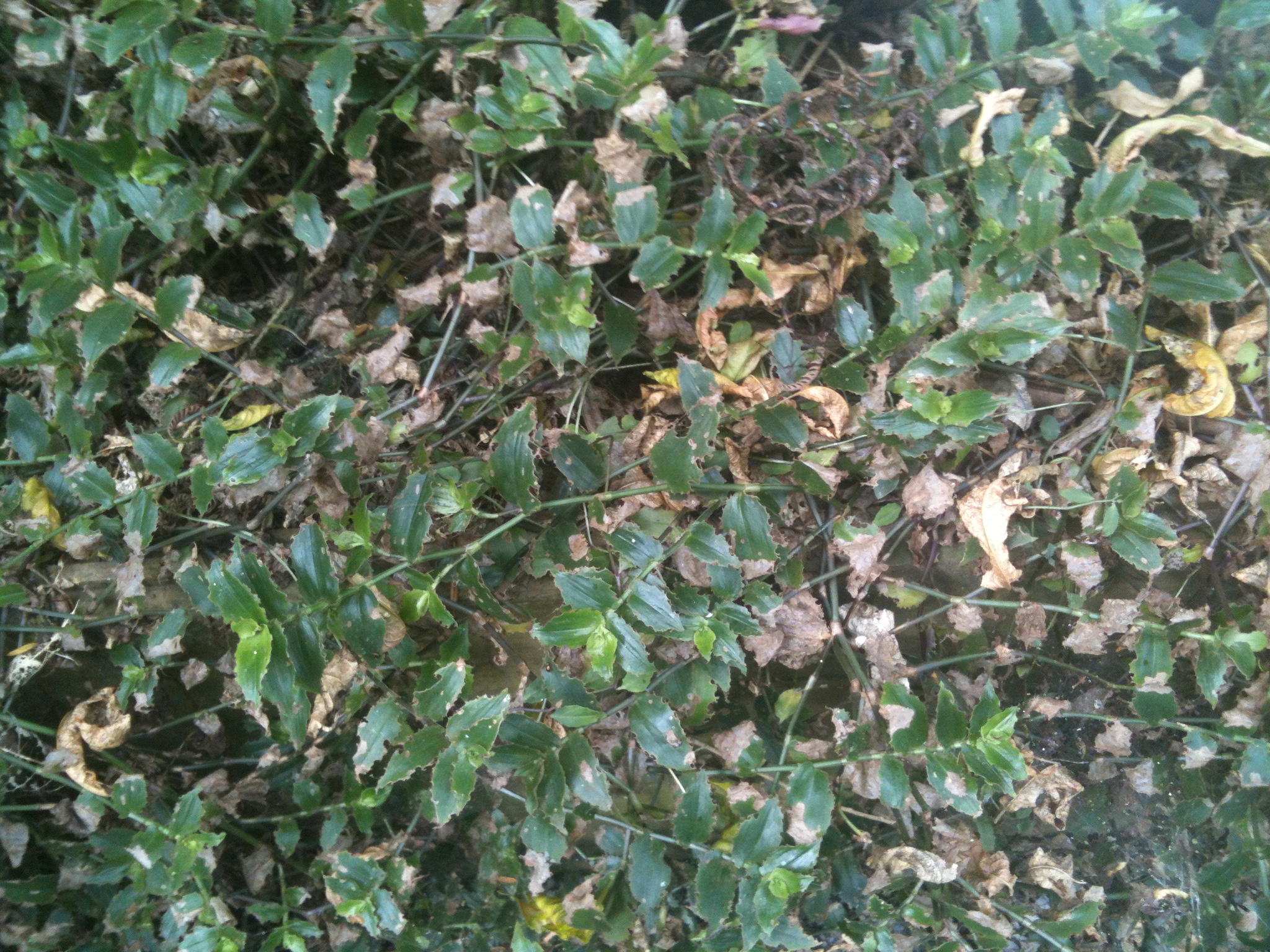We recently published “Modelling Tradescantia fluminensis to assess long term survival”. In this study, author Michael J. Plank, and his colleagues studied models to control the growth of, Tradescantia fluminensis, an invasive plant species.
Michael comments on his research and experience publishing with us.
PJ: Can you tell us a bit about yourself?
MP: I’m a Senior Lecturer in Mathematics at the University of Canterbury in Christchurch, New Zealand. I love working here because of the great colleagues I have and because of the great NZ outdoors. Doing research in ecological modelling is especially fun because I can combine science and recreation, for example spotting invasive plants while out on a mountain bike ride!
PJ: Can you briefly explain the research you published in PeerJ?
MP: Aotearoa New Zealand has a delicate ecology. Its native species evolved in relative isolation, it has very few native land mammals and it is highly susceptible to invasive species like Tradescantia fluminensis (Trad). We spend a lot of time and money fighting invasive pests in NZ, but there is often a lot we don’t know about the ecology of these species. The main motivation for the research we published in PeerJ was to learn more about how Trad responds to different environmental conditions so that we can control it more effectively.*
*This research was partly funded by Landcare Research’s Beating Weeds Programme
PJ: Do you have any anecdotes about this research?
MP: Trad is ridiculously difficult to kill. In 2011, we had some serious earthquakes here in Christchurch that did a lot of damage. We couldn’t get into our offices for about a year while the building was being repaired. When we eventually got back in, my co-author’s office looked like a bomb site but the Trad she had growing in a pot was still going strong! Being able to survive without water for over a year makes Trad an excellent house plant, but a tricky pest.
PJ: What kinds of lessons do you hope the public takes away from the research?
The main thing would be the added value mathematical modelling can bring to ecological questions. We throw a lot of time and money at pest control in NZ, but there are lots of things we don’t know. Spending a bit of effort exploring relevant questions with a mathematical model can help us use the resources we have in smarter ways in the long term.
PJ: Where do you hope to go from here?
MP: Trad can be controlled by several species of beetle. These attack the plant in different ways, for example there are stem-borers, leaf-eaters and tip-eaters. The next step for us is to build these beetles into the model so we can compare their effects and try to figure out the most efficient way of controlling Trad.
PJ: If you had unlimited resources (money, lab equipment, trained personnel, participants, etc.), what study would you run?
MP: If we had unlimited resources, I’d probably be out of a job! We could just send people out to every nook and cranny pull pest species out by their roots. The type of modelling we have done comes into its own when we want to make the most of the limited resources we do have.
PJ: How did you first hear about PeerJ, and what persuaded you to submit to us? How would you describe your experience of our submission/review process?
MP: I like the fact that PeerJ is open access, but the fee structure makes it more affordable to publish there than some open access journals which have large article processing charges. I also really like the fact that reviewer comments and author responses are published along with the finished article. The reviewer comments we got were really insightful and helped us substantially improve the article.
Join Michael and thousands of other satisfied authors, and submit your next article to PeerJ.


